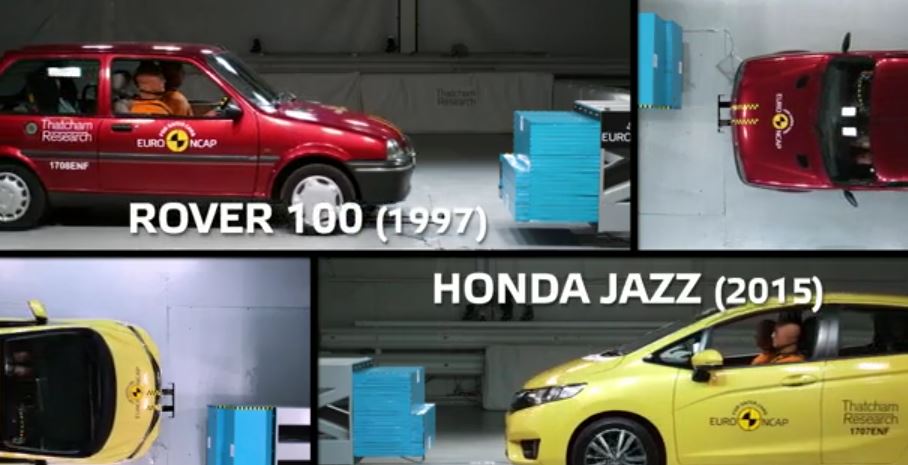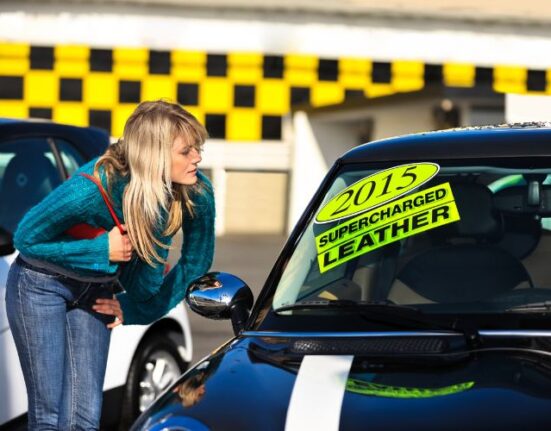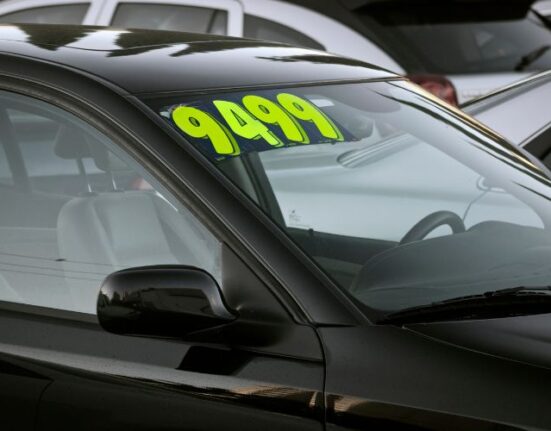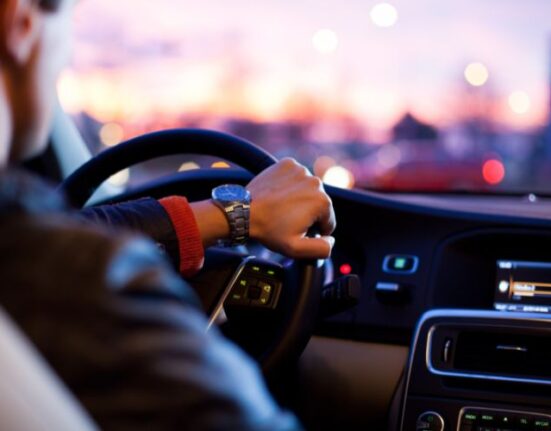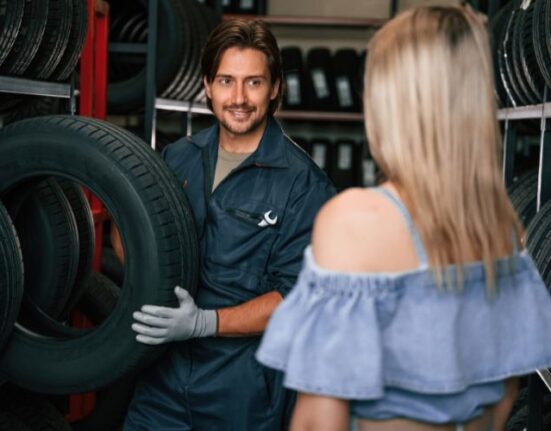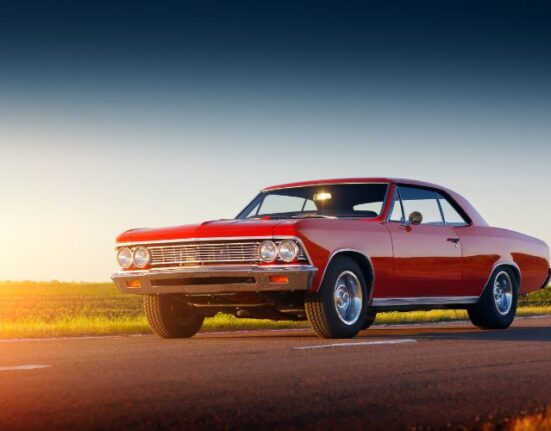- Euro NCAP crash tests helped save more than 78,000 lives since 1997.
- Cars now ‘safest ever’ after Euro NCAP crashes 1,800 cars in tests costing 160 million Euro since 1997.
- Euro NCAP continues to test the newest safety innovations including cyclist-sensing auto-brake technology.
MORE than 78,000 lives (1) have been saved since Euro NCAP’s tough crash safety tests were launched 20 years ago this week. Today, Euro NCAP reveals it has published over 630 safety ratings, crash-tested some 1,800 cars and collectively spent over 160 million Euro (2) to make cars safer.
The first tests exposed safety failings in top-selling family cars, forcing a fundamental rethink in the way vehicles were designed to prevent accidents and save lives. Twenty years on, 9 out of 10 cars sold on the European market hold a Euro NCAP rating and the motor industry actively supports the development of new requirements for the top safety ratings.
Today, the results of crash tests (4) of two family cars built 20 years apart underline the huge advances in vehicle safety since 1997. Safety technologies that were non-existent or optional at most – such as driver and passenger airbags, side protection airbags, belt reminders and electronic stability control – are now standard on all cars sold in Europe.
“We are very proud – as we mark 20 years at the forefront of road safety – that Euro NCAP’s programme of safety tests has achieved major, life-saving improvements in cars and has helped Europe reach the lowest road fatality rate for any region in the world (3).” said Secretary General, Michiel van Ratingen.
“Euro NCAP has given millions of consumers the knowledge and confidence to choose the safest cars possible. Recent years have shown a slowdown in the progress rate, however, so we mustn’t take our foot off the gas. We want to ensure that Europe’s roads get even safer in the next 20 years, not just for car occupants but for all participants in traffic. We already test many more aspects of a car’s safety than we did when we started in 1997, and that is set to continue. Next year, we will test systems that recognise and avoid crashes with cyclists, and we’re lining up a very challenging roadmap for 2020 to 2025.”
Euro NCAP President and Thatcham Chief Technical Officer, Andrew Miller: “The impact of these tests cannot be overstated. Until Euro NCAP, consumers only had the manufacturers’ word for it. Now we have the safest cars ever and the safety levels of each car are there for all to see. This success could only be achieved by actively working together in Europe under one umbrella and by continuing to invest in better safety.”
Euro NCAP tests have become ever more demanding and cars can now achieve a maximum of five stars, awarded not just for how they protect occupants and pedestrians in a collision, but on the car’s ability to avoid a crash in the first place. The tests represent real-life accident scenarios that could result in the death or injury. Top achievers must demonstrate that their cars are fitted as standard with technology that avoids or mitigates such crashes and, where a crash is not avoidable, adequate protection is offered to car occupants and other road users.












